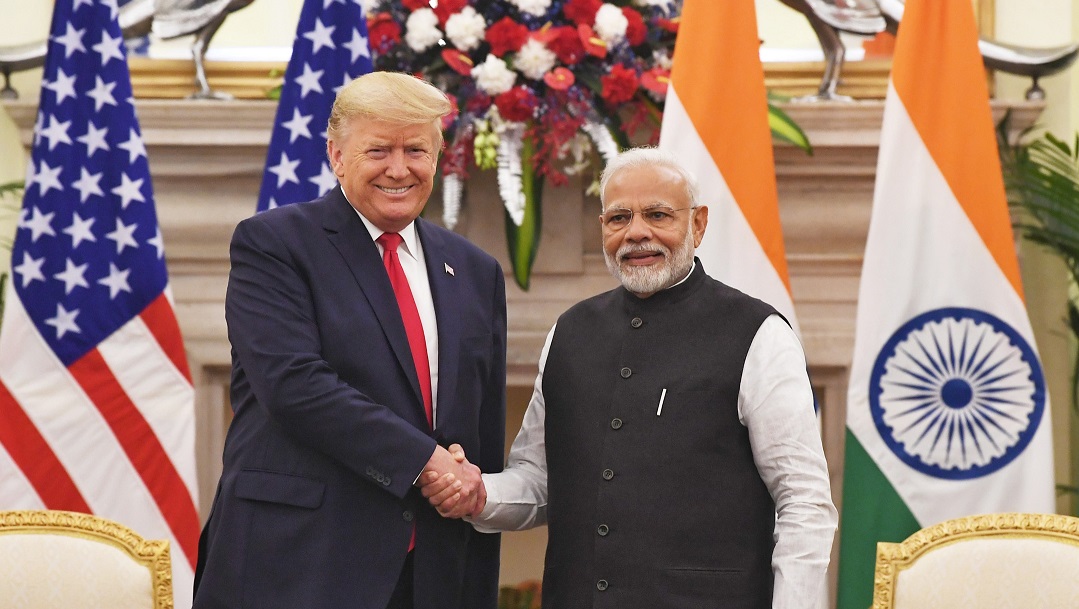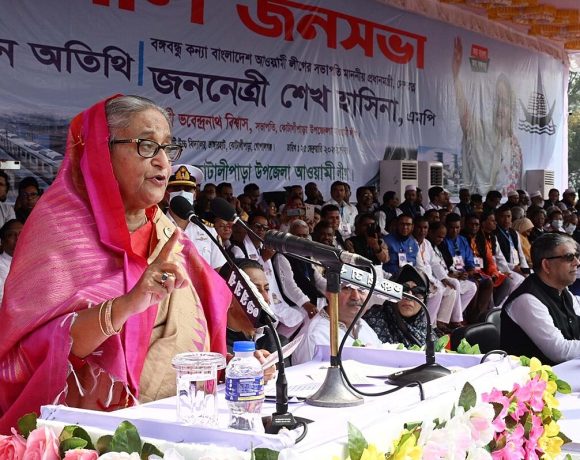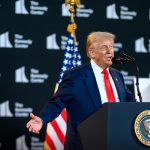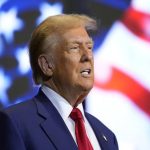
Trump Signals “Much Less Tariffs” as India-US Trade Deal Nears Conclusion
U.S. President Donald Trump has given the clearest indication yet that a long-awaited bilateral trade agreement between the United States and India is imminent, saying he expects “much less tariffs” under the proposed deal. With just days left before a July 9 deadline that would trigger steep reciprocal tariff hikes, both sides appear eager to finalise an interim trade pact that could avert a costly escalation.
Trade Deadline
The 90-day moratorium on reciprocal tariff hikes is set to expire on July 9. Initially agreed upon in April, the pause was intended to buy time for negotiators from both nations to iron out differences across several contentious sectors. Trump has now made it clear that there will be no further extensions, placing intense pressure on diplomats to conclude talks in the coming days.
In his remarks, Trump stated, “I think we are going to have a deal with India… we are going to have a deal for much less tariffs,” signalling that both sides may agree on a substantial rollback of duties currently levied on hundreds of goods, from agricultural products to industrial inputs.
India Tariff
India is aiming to preserve key protections for its sensitive sectors while offering selective market access to the U.S. Chief negotiator Rajesh Agrawal continues to lead discussions in Washington, backed by External Affairs Minister S. Jaishankar, who described the negotiations as being in a “very intricate” middle phase. Jaishankar noted that mutual compromise was critical: “There will have to be give and take.”
India is reportedly considering easing tariffs on select American exports like almonds, walnuts, ethanol, and LNG, while pushing for U.S. concessions on textiles, jewellery, pharma, and labour-intensive goods that are less politically sensitive in Washington.
Farm Sector Red Lines
Agriculture remains the most divisive issue. India has held firm on protecting its dairy sector, which supports more than 80 million smallholder farmers. The government has classified dairy as a “red line,” arguing that opening the sector to American imports—particularly from hormone-fed livestock—could devastate domestic producers and disrupt rural livelihoods.
While India might permit greater imports of certain non-core agricultural commodities, any significant liberalisation in dairy, wheat, or poultry appears off the table for now. The Global Trade Research Initiative has also cautioned the government against any one-sided deal that undermines domestic policy space or endangers food sovereignty.
Strategic and Economic Stakes
Beyond tariffs, the deal is strategically significant. With bilateral trade already crossing $200 billion in 2024–25 and India enjoying a $41 billion surplus, both sides are now seeking to expand trade ties while reinforcing geopolitical alignment. Washington has privately expressed interest in expanding cooperation on digital trade, pharmaceuticals, and supply chain diversification—particularly in light of tensions with China.
India, for its part, is leveraging the negotiations to seek clarity on future tariff policy, pushing for language that commits the U.S. to refraining from arbitrary increases after the agreement is signed. There is also discussion around setting up a joint trade facilitation mechanism to resolve disputes and monitor implementation.
Political Considerations
The impending agreement also carries domestic political weight. For Trump, a successful trade deal with India could bolster his economic record heading into the 2026 midterms. For the Indian government, avoiding a tariff spike while protecting farmer interests is crucial to maintaining rural political support.
With both countries’ leadership framing the deal as a “win-win,” the announcement—expected possibly before or on July 9—could serve as a diplomatic milestone, easing tensions and paving the way for a more ambitious, long-term bilateral trade framework.

















